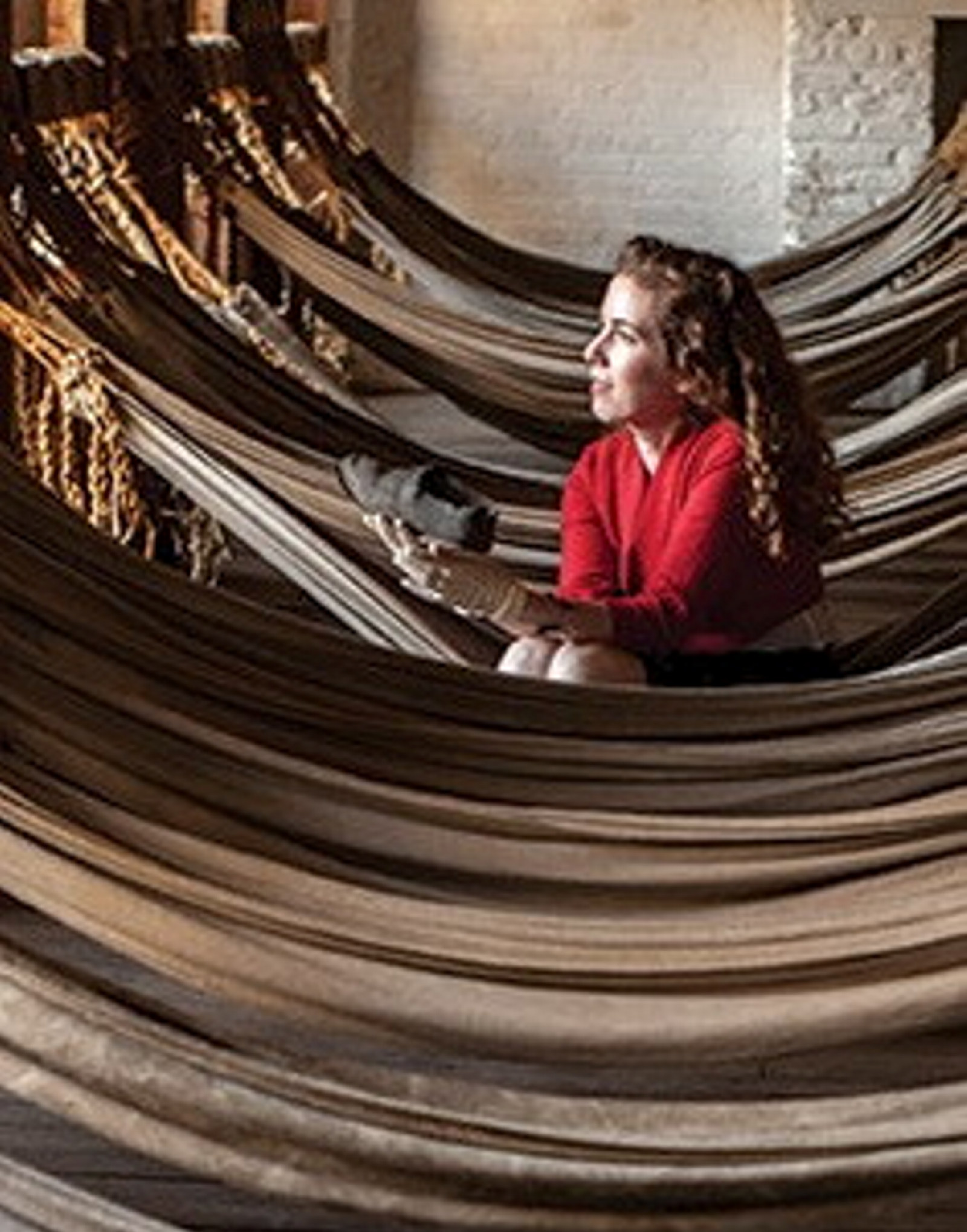Thomas Atkins
Poacher, servant, bushranger victim
Arrived 1823 on Surry
It was a Tuesday morning in early March 1823 when convict Thomas Atkins1 set foot on shore in Sydney. He was one of 157 convict men who had just arrived on the square-rigged transport ship Surry. After being inspected by Governor Brisbane, Atkins and the other men were whisked away to various parts of the colony to work for private settlers – eight out of ten convicts in the colony were now put to work this way, to serve out their sentences.
We don’t know what drove 22-year-old farmer Thomas Atkins and his older brother William to steal geese from someone else’s land in 1822. Were the men intending to feed their family, or perhaps the geese were to be sold on the black market? Either way, these young men, who also went by the surname Clouter, were caught in the act. On 30 March 1822, tried at the Lent Assizes in Somerset, they were both sentenced to seven years’ transportation.
When Thomas and William arrived in Sydney, the colonial government was sending as many new arrivals as possible out of town. The brothers were separated – William went to Richmond, while Thomas was sent off to work in Liverpool, probably as a brickmaker. By October that same year, though, Thomas had got himself into trouble again, and was transported for three years to the Port Macquarie penal settlement.
Returned to Sydney in 1826, Atkins had the good fortune to be reassigned to Dr John Dulhunty at his property Burwood Villa, on the Parramatta Road. On this estate with its grand house and rolling green lawns, Thomas must have been quite pleased with his new assignment – working for a gentleman’s household. What’s more, he was closer to Sydney, where there was more activity to occupy a young convict in his free hours on a weekend. However, Atkins’s luck was about to change.
Not long after Dulhunty and his convict servants moved in, a group of notorious bushrangers entered the hut where Atkins and the other convict servants lived, and invited them to share their brandy. Dulhunty knew the group had robbed a nearby house the night before; when he approached them, shots were fired and the bushrangers fled.
The bandits were captured, tried, and hanged on a scaffold erected near the house. But Atkins, victim of circumstance or bushranger sympathiser, was found guilty for harbouring the escaped convicts, and his sentence was extended by a further three years. When Dulhunty died suddenly in February 1828, Thomas found himself transferred to the Hyde Park Barracks, where he toiled in a government work gang, far from the comfortable life he had enjoyed as a gentleman’s servant.
Fortune smiled on him again eventually. At the barracks he probably met convict William Drennan, a Belfast sawyer with a life sentence, who had arrived in the colony in 1822 on the Eliza. Ten years later, in 1832 – the same year that Atkins received his Certificate of Freedom – Drennan’s family journeyed out from England to join him. Maybe it was arranged, or maybe a coincidence, but Atkins met Drennan’s daughter Ann, and married her in 1836 at St Andrew’s Church, Kent Street, Sydney. They settled at Mangrove Creek, a tributary of the Hawkesbury River, just north of Sydney.
Notes
- Historical information about Thomas Atkins supplied by Janice Fisher and Fran Atkins, see Harold and Fran Atkins, The Atkins-Drennan Connection: A History, Sydney, 2001.
Related
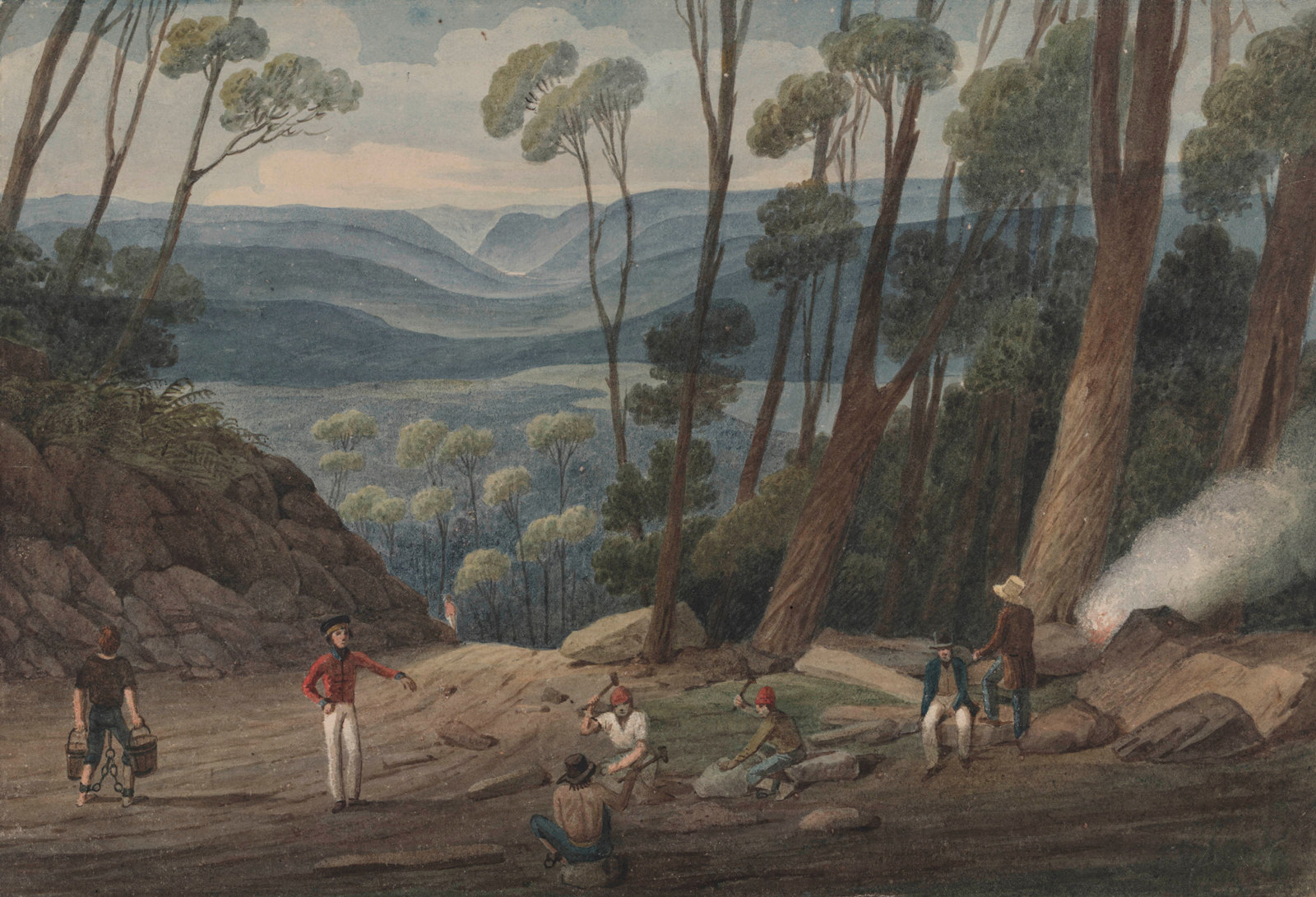
Convict Sydney
Back to business
From 1822, with the British government keen to cut costs and encourage pastoral expansion, part three sees the removal of convicts from town
Published on
Convict Sydney
Browse all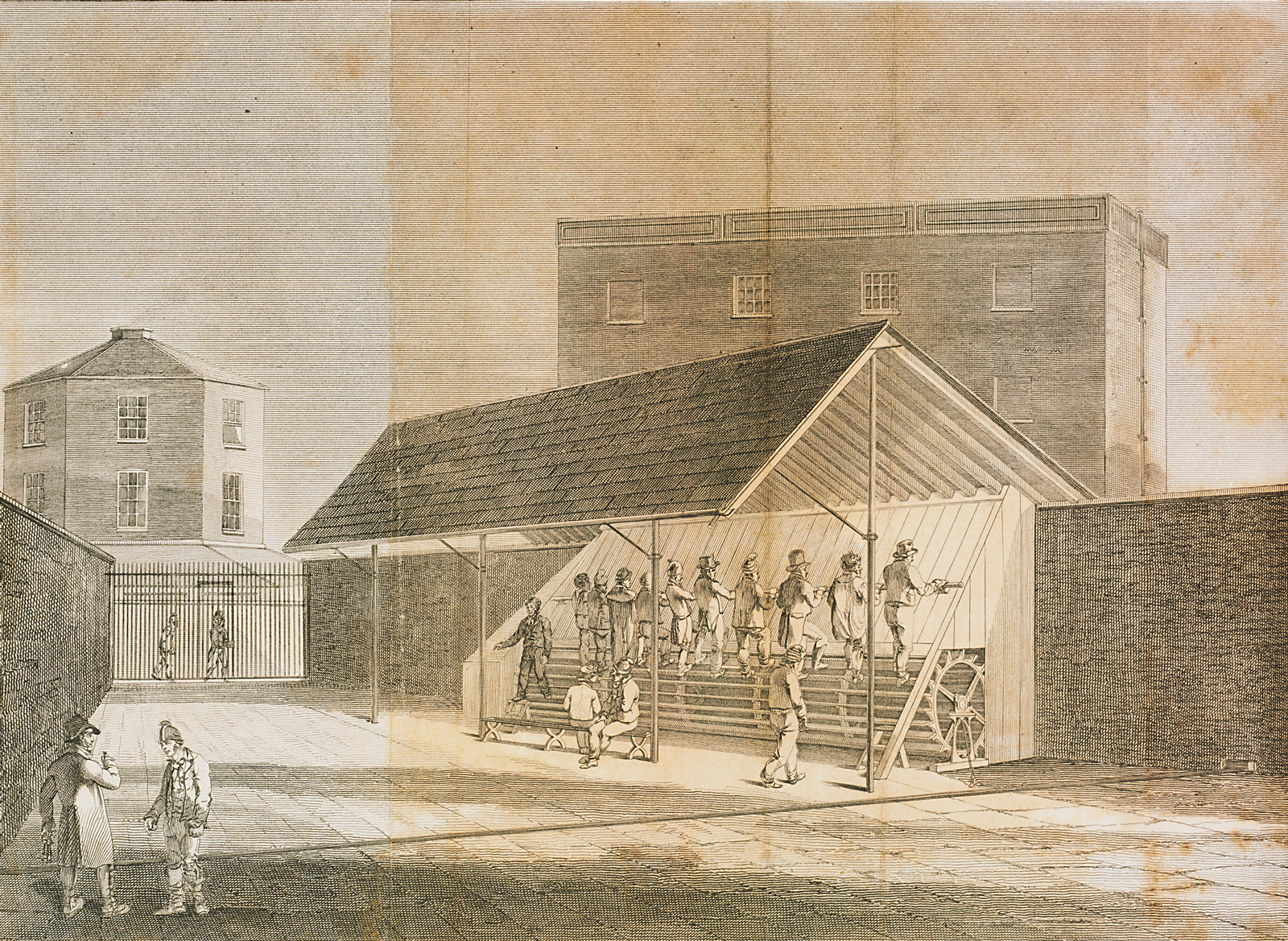
Convict Sydney
Convict punishment: the treadmill
As a punishment, convicts were made to step continuously on treadmills to power wheels that ground grain
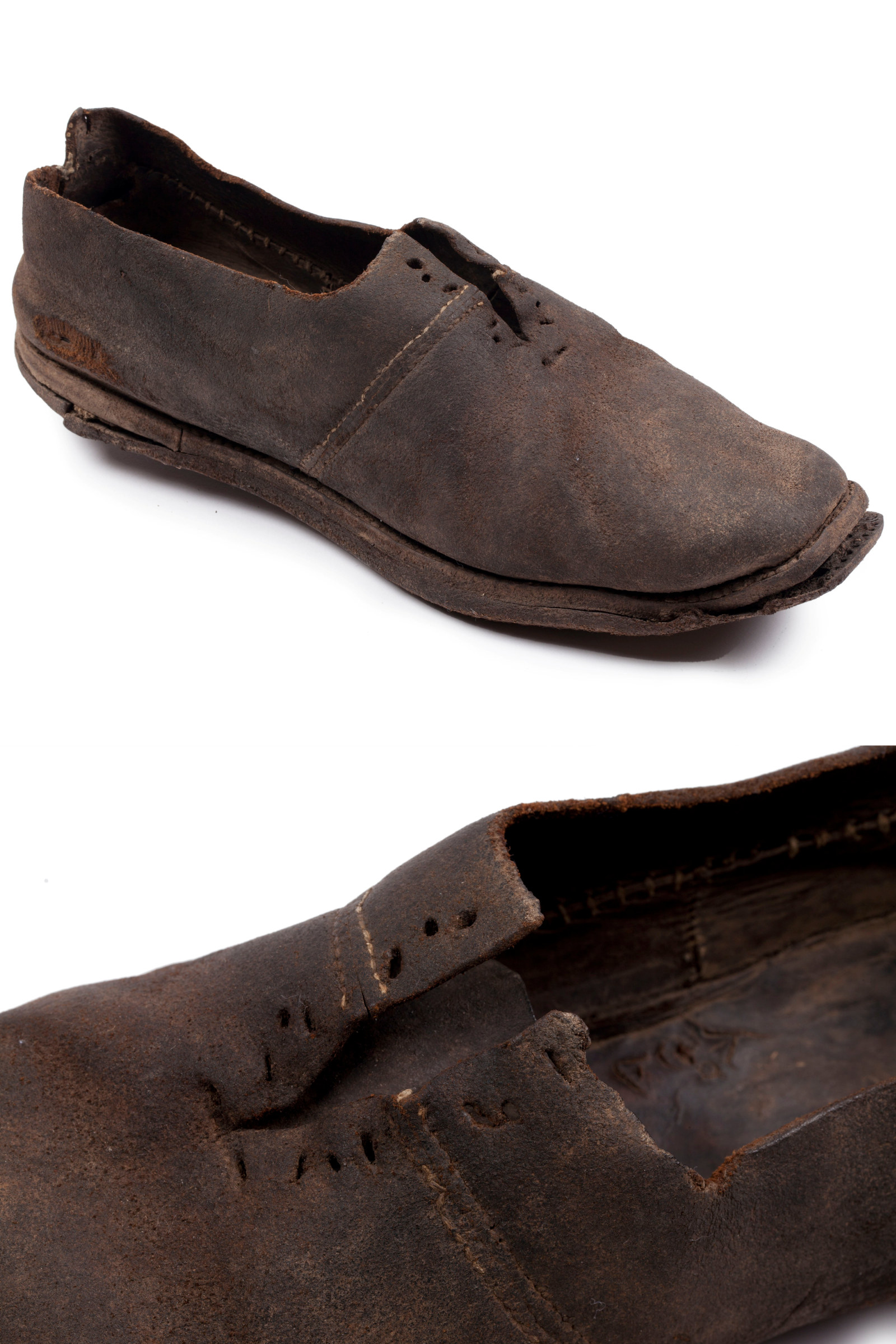
Convict Sydney
Convict shoe
Shoes were known as crab shells or hopper dockers in the convict ‘flash’ slang language; two or three pairs were issued to each convict annually
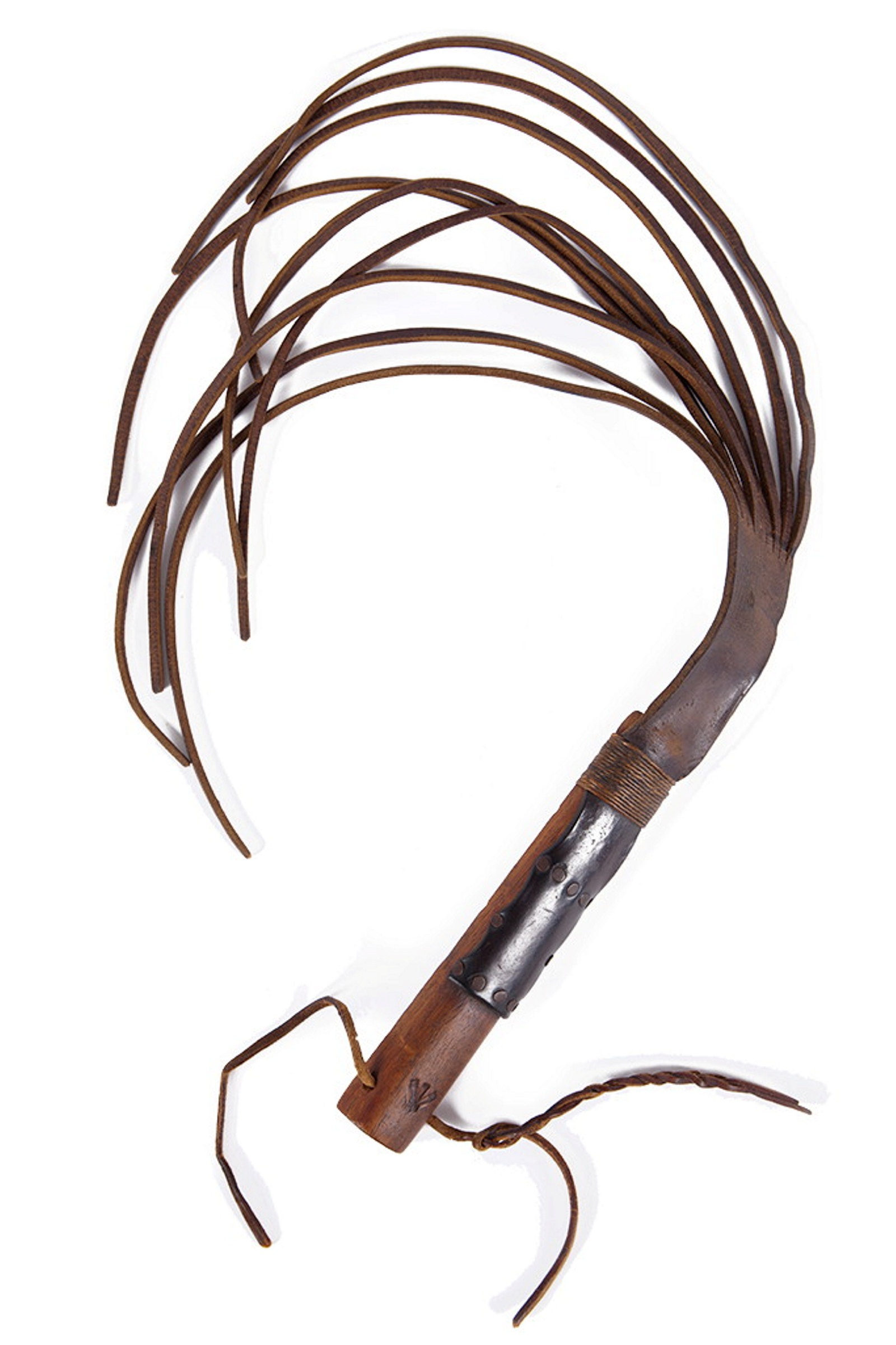
Convict Sydney
Cat-o’-nine-tails
One of the most common forms of convict punishment was flogging (whipping) with a ‘cat-o’-nine-tails’
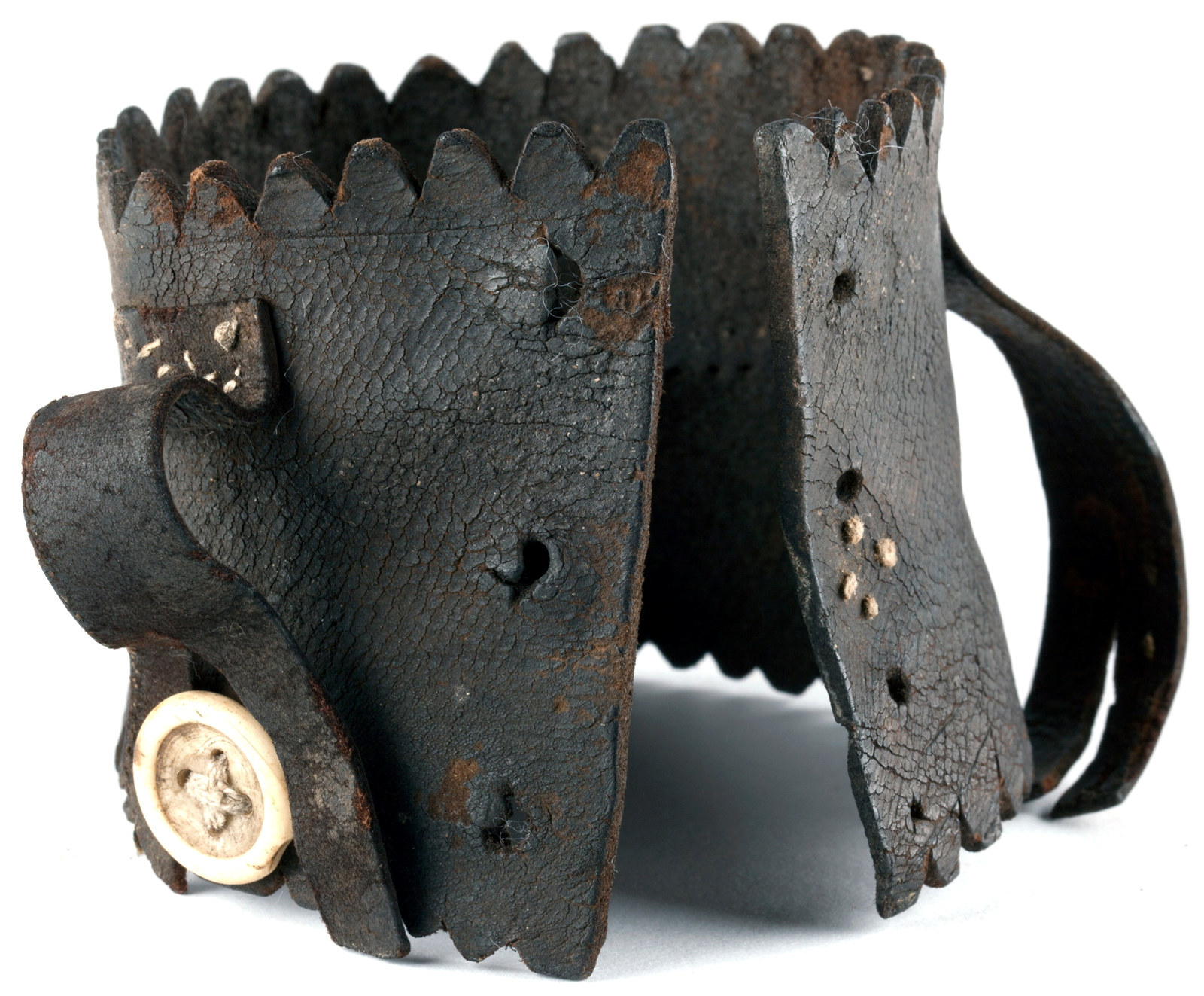
Convict Sydney
Leg iron guard
A stunning example of an improvised handicraft, this leather ankle guard or ‘gaiter’ was made to protect a convict’s ankle from leg irons
